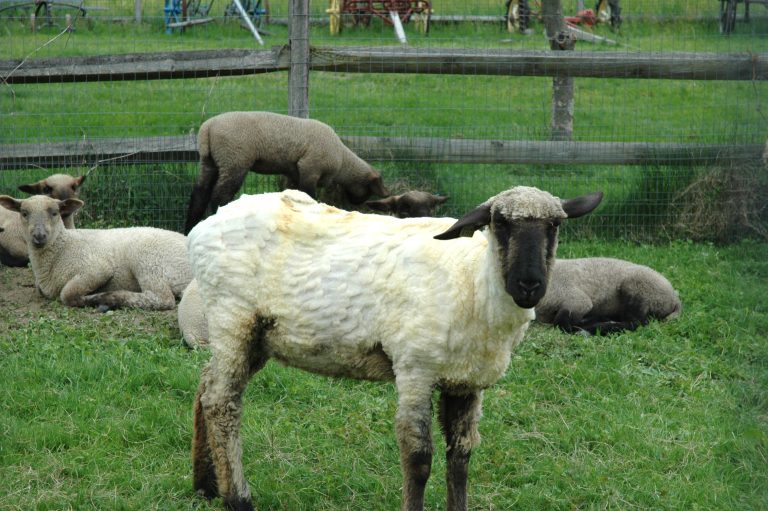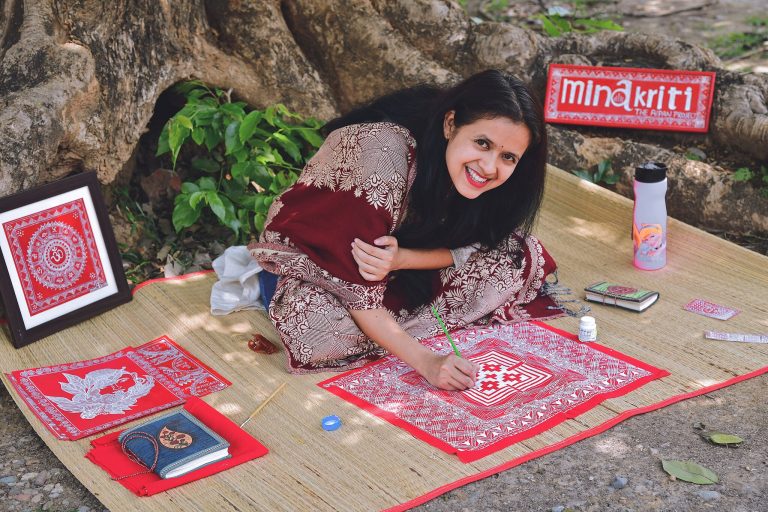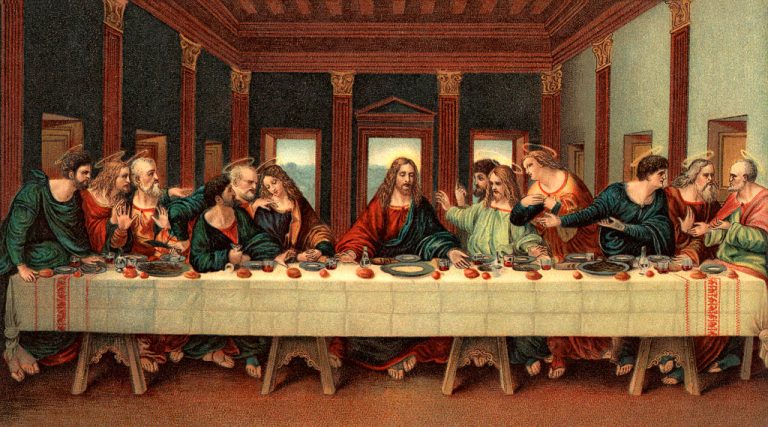Born to be Shorn is an annual event where one learns to appreciate first-hand all the work that goes into woolen and wool-related commodities. In traditional style, sheep are sheared, wool is washed, and wool crafting techniques are demonstrated — including knitting, felting, spinning, weaving and more. A team of employees and volunteers in period dress take visitors back to a more labor-intensive — yet simpler — time at Fosterfields Farm.
Fosterfields background
Fosterfields is a living, historical farm located in Morris Township, NJ. The land was originally inhabited by the Munsee Lenape people, whom colonists began forcibly relocating in the mid-18th century. Jonathan Ogden, whose 250-year-old, two-story home remains as the oldest partially-preserved structure on the property, began farming the land in 1774, when it was gifted to him upon marriage.
The property was purchased in 1852 by General Joseph Warren Revere, a grandson of the famous patriot leader Paul Revere. Revere’s family home, the gothic revival “Willows Mansion” was rented temporarily to the next owner, who’s wife suffered from tuberculosis.
Charles Foster, a commodities broker from Brooklyn Heights, purchased the property upon Revere’s death in 1881, along with two adjoining farms the following year. He managed the farm while continuing with his work, and raised his daughter to be both a capable farmer and businesswoman.
The full 213 acre estate was left to the Morris County Parks Commission in 1979 by Caroline Foster, who had lived and worked on the farm for all of her 98 years. As per her intent, the Parks Commission maintains it as an educational farm, utilizing the historic buildings and equipment to raise heritage-breed livestock, cultivate heirloom crops and demonstrate dozens of traditional farm activities.
Success
You are now signed up for our newsletter
Success
Check your email to complete sign up
The farm is open to the public most days April through October, with various workshops offered throughout the year. Seasonal activities — like sheep shearing — merit their own special events.
The sheep
Fosterfields keeps a handsome flock of Shropshire sheep, a 180-year-old hornless breed that resulted from the crossing of Shropshire, England’s black-faced, horned sheep with some white-faced sheep. These sheep are valued for their good wool and meat production.
The first flock of Shropshires were imported to the US in the mid 1800s, with many more following. By the turn of the century, Shropshires outnumbered all other breeds in the US. The popular breed eventually became less desirable due to a decrease in size and increase in maintenance once they were bred for greater wool production.
Today, Shropshires are a rare heritage breed, kept mainly through conservation efforts. Known for their mild temperament and ease of care, they are a good choice for young people exploring animal husbandry.
Shropshire wool is considered medium-grade — ideal for socks and fluffy winter accessories. To preserve its springy texture, it should not be spun very thin.
Processing wool
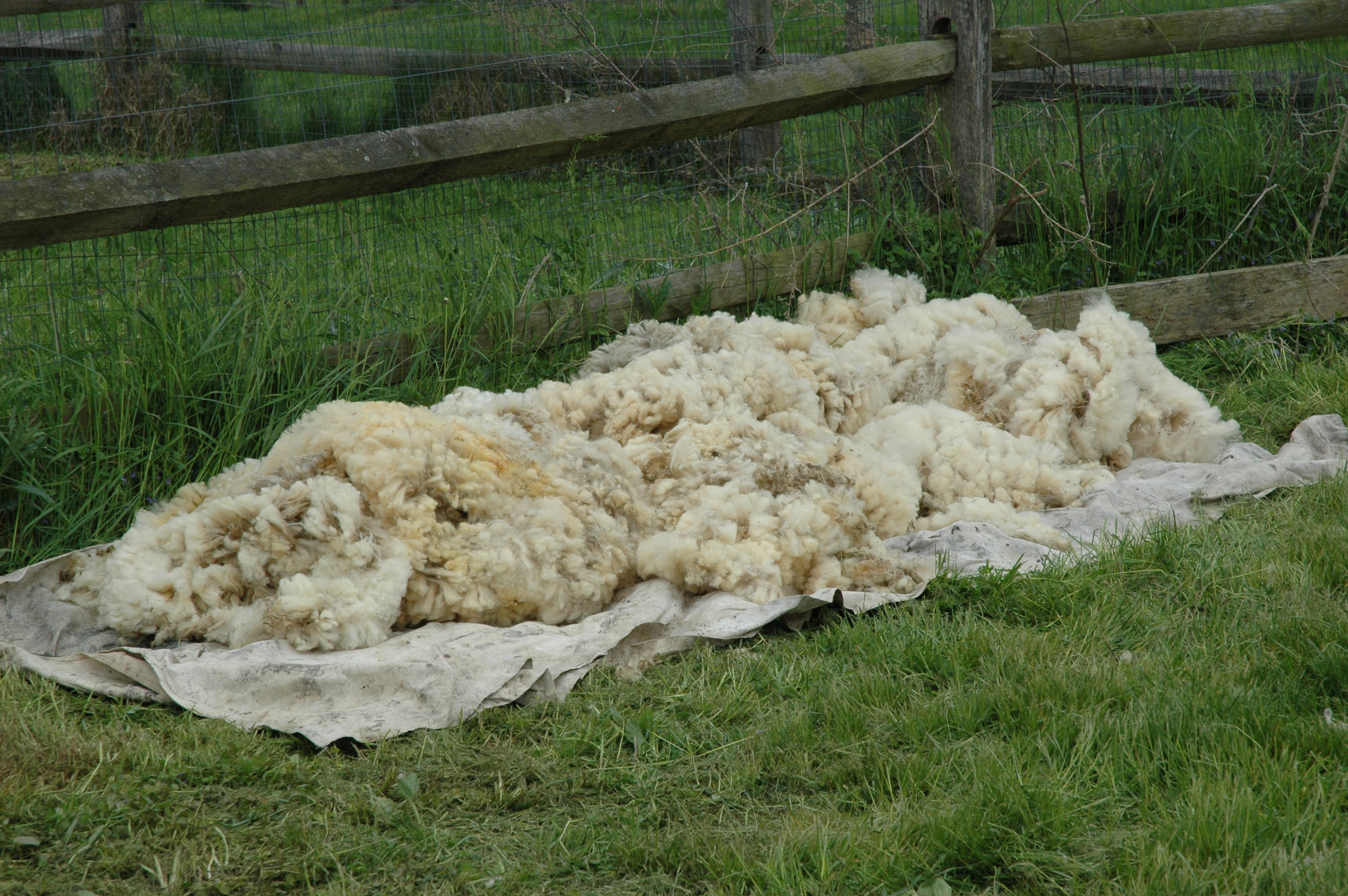
Today, sheep shearing is normally done with electric shearers, but it was traditionally done with long, sharp, manual shearers. Shearing requires a considerable amount of skill, as well as the strength to handle the large animals. The unprocessed coat of one sheep, removed, is called a fleece.
Before it can be used, the fleece must be washed to remove all sorts of debris. Most wool has the lanolin extracted as well.
Lanolin
Lanolin is a wax secreted from the skin of sheep and other wooly creatures to protect them from the elements, and also from insects. It coats both their skin and their wool. This natural emollient is usually extracted in processing the fiber, since most of our woolens don’t need to be waterproof, nor do we love smelling sheepish.
Traditional extraction of lanolin involves boiling the wool in water with a mild detergent. The waxy substance floats to the top, where it can be collected and strained for impurities. Today, commercial manufacturers extract lanolin by centrifuge.
Lanolin is used in many skin-care products, including soaps, ointments, and balms. You may be familiar with “Bag Balm,” a tried-and-true product for dry and chapped skin. One of its key ingredients is lanolin.
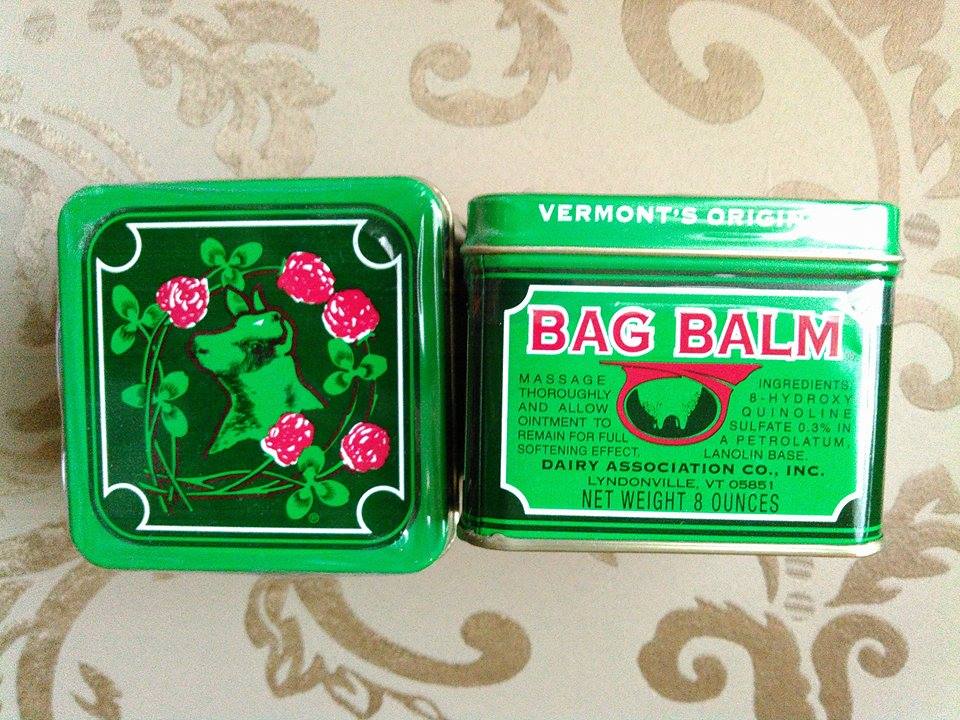
The making of a similar balm (sans petroleum) was demonstrated in the old-time kitchen of the Ogden House.
Recipe:
- 2 Tbsp lanolin
- 2 Tbsp beeswax
- 1 Tbsp coconut oil
- 1 Tbsp cocoa butter
Instructions
- Melt and mix the above ingredients in a double boiler
- Add 15 drops of lavender or other essential oil
- Store in a clean, covered, 4 ounce jar.
Lanolin is also a valuable machine lubricant, and an important ingredient in saddle soap — used to clean leather.
Wool crafting
Spinning
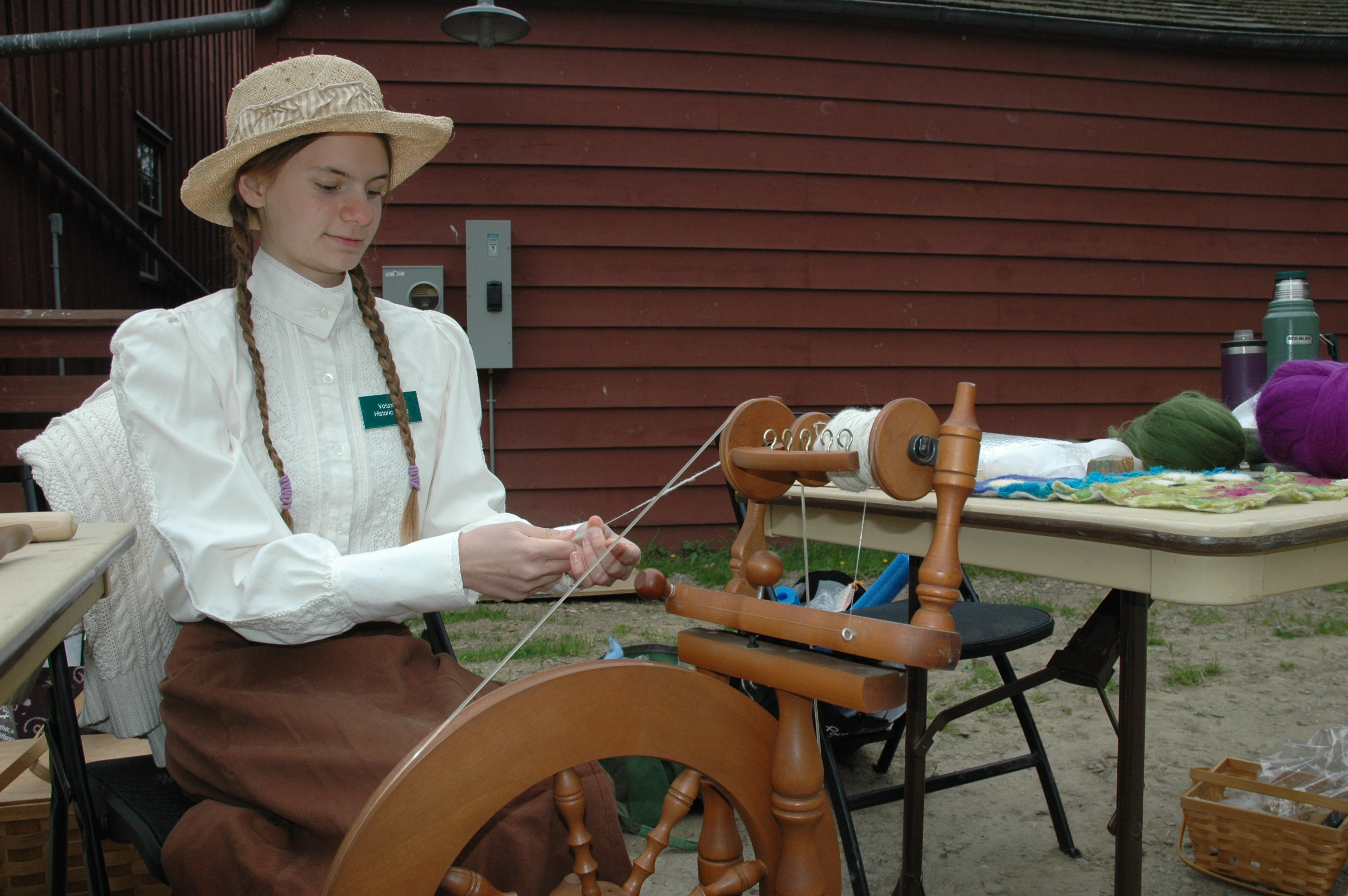
Once the wool is clean, it can be carded and spun into thread or yarn, for use in weaving, knitting, or crochet. According to Fosterfields chief spinner Catherine Allison, the whole process used to be so labor intensive that it took a full year to make one set of clothes.
Knitting

Felting

Aside from needlework and weaving, textiles can also be made by matting, condensing, and pressing wool together in a process called felting. Rather than using spun wool, loose fibers are manipulated by hand to become intertwined, until they form a uniform sheet or mass.
The fabric we know as felt is made by wet felting — whereby perpendicularly aligned layers of wool fibers are worked together in a soapy solution to form a sheet. Another type of felting is done with barbed needles and dry wool — poking the fibers in amongst each other to achieve the desired effect.
Felting offers limitless possibilities in terms of design; with the shape, color, texture all dependent on the imagination and taste of the felter.
Natural dyes
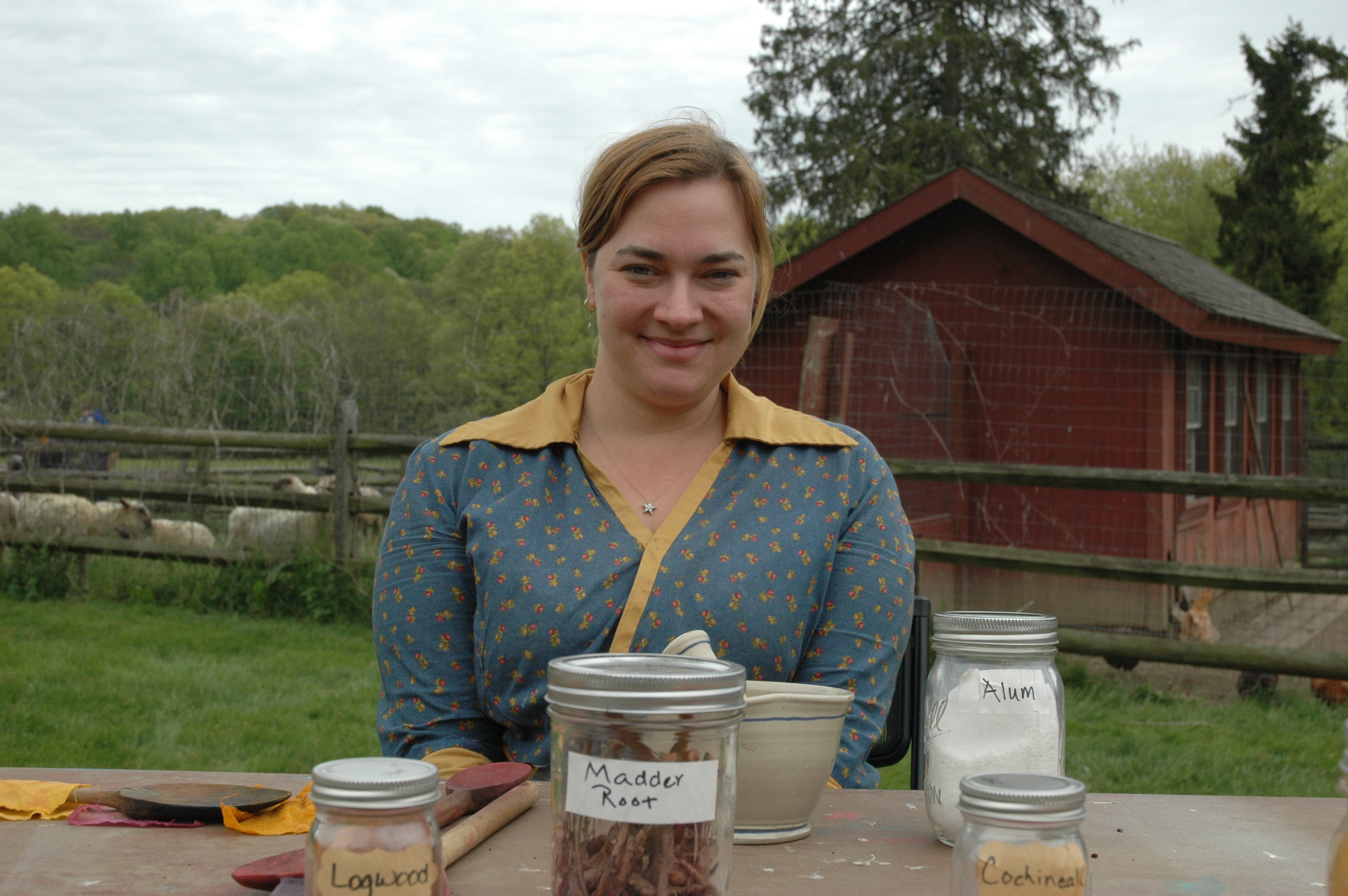
While most of the brilliant colors we see in today’s textiles come from synthetic dyes, all the beautiful tones of yesteryear were acquired through natural products — including roots, berries, bark and other plant sources, minerals, or even insects.
Dyes were typically prepared by simmering the coloring agent in water before adding the pre-moistened material. With natural dyes, a mordant is usually required to make them color fast. The most common natural mordant is alum (potassium aluminum sulfate), which also helps brighten otherwise-dull colors.
For a colorful experience that takes you back a century or so, be sure to visit Fosterfields Farm next time you’re in historic Morristown, NJ.



